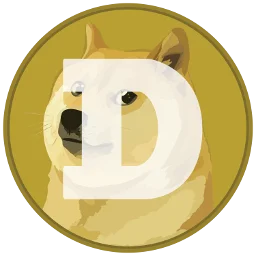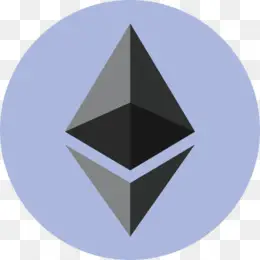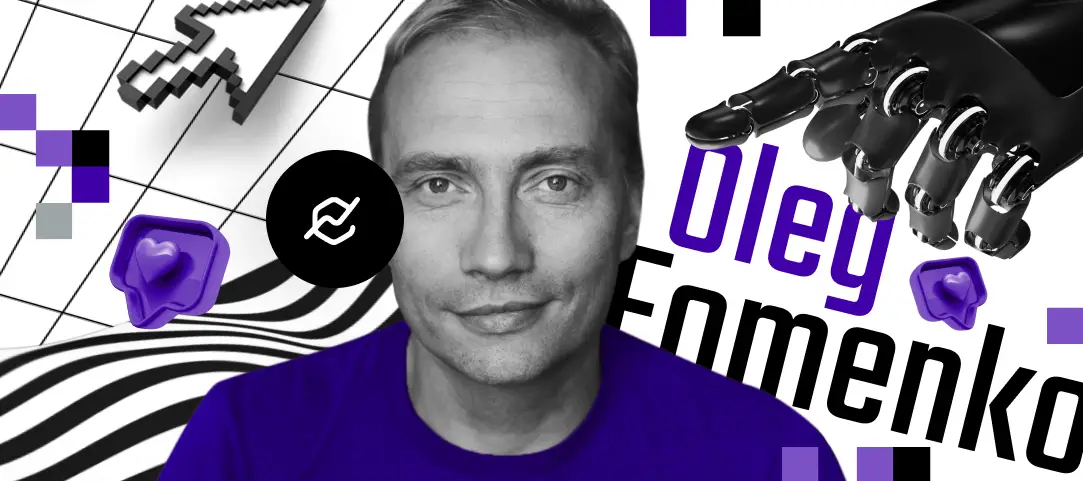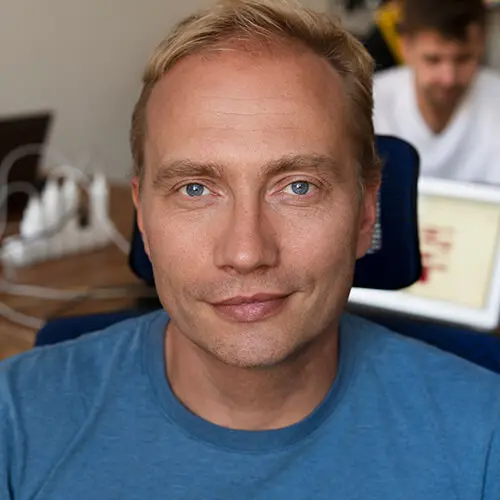Hey hey, folks!
Today, we are going to talk and ask all of the most interesting questions to the Sweat Economy founder, Oleg Fomenko.
The most intriguing topics of the project will be discussed. Just how useful is it to do sports (we are not talking about health now)? And a few personal questions, of course.
Please introduce yourself.
Oleg: My name is Oleg Fomenko. I am a serial entrepreneur who did not plan to become an entrepreneur, because in the Soviet Union – where I was born – “entrepreneur” had a connotation of sooner or later ending up in jail. And that was not in my plans 🙂 After spending a few years working in Russia and Austria, I moved to the UK where I got my citizenship and the day after getting my British passport I started my first business.
Since then all I did was be an entrepreneur. I am married to Maria, who is from Spain, and have two children: Ed, age 14, and Katia, age 12, and an Australian Shepherd named Bear.
What is the current structure of your company? What is the difference between these three entities: Sweat Economy, Sweatcoin, and Sweat Wallet?
Oleg: Sweat Economy is the umbrella structure that is split into two parts:
1. Sweatcoin – our web2 business with centralized token/points called “sweatcoin” and the Sweatcoin app.
2. $SWEAT – our web3 business with crypto token and the Sweat Wallet – our web3 crypto wallet app.
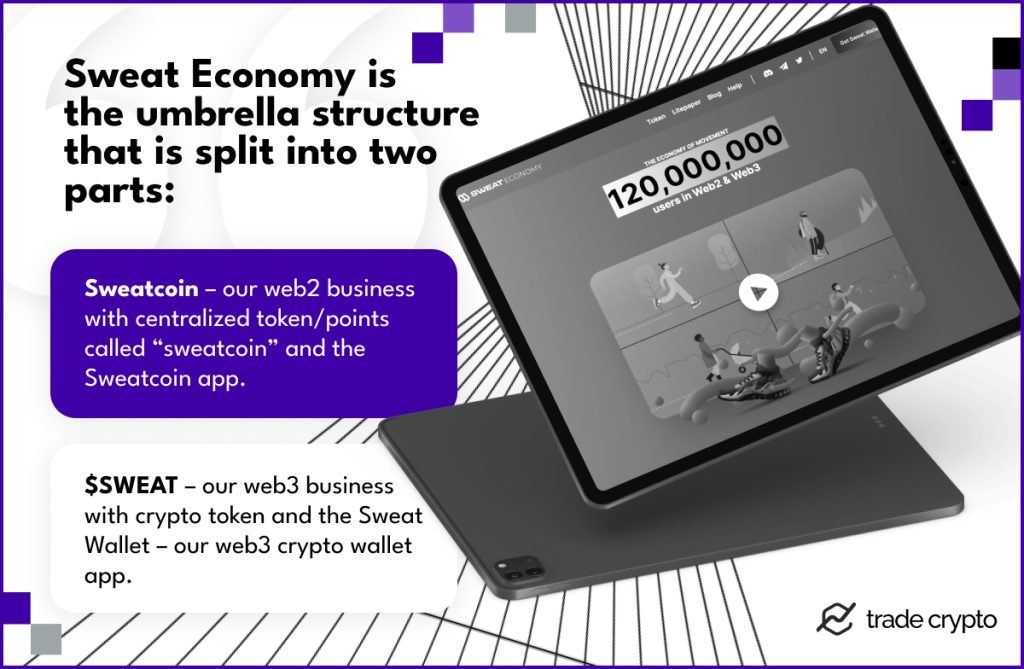
How was the idea of a move-2-earn app born?
Oleg: From the realization that we – founders – like everyone else lost our fitness really quickly and had a massive problem of wanting to be more active, but struggling to put more sport/fitness into our lives. We realized that the problem was universal – everyone we spoke to wanted to be more active. No matter if that person was training for their upteenth ultra-marathon or was someone overweight stuck in front of their TV with a bottle of beer in their hand.
When problems are that big, typically there is a very simple and universal explanation. It was not motivation, time, money, energy, or many other things that people often use as justifications. The reason is that nature does not want you to be active. Nature did not build you to be active. Nature built you to survive. This means that you preserve calories, not squander them. This was optimal for the times of scarcity, but now food comes three times a day in massive portions, but we are still behaving as if we are living in scarcity – we are sitting between meals and finding it hard to move.
It was not motivation, time, money, energy, or many other things that people often use as justifications. The reason is that nature does not want you to be active.
To make sure we follow nature’s guidance, nature has given us this behavioral feature (many would call it a “bug” now) called “Present Bias” – focus on achieving pleasure or avoiding pain right here, right now. Thankfully, nature has also given us a solution on how to overcome present bias. It is called “Instant Gratification”.
How do we know this? Because there is another behavior other than physical activity that is very badly affected by present bias – procreation. Do you think that we would still be around as species if nature did not give us an orgasm? So, we set out to create instant gratification for your physical activity, the lowest common denominator of it – a step.
What exactly does this project mean to you?
Oleg: It is an amazing opportunity to drive our big social mission of making a billion people more active and creating a lot of value for themselves, their families, doctors, insurers, employers, countries they live in… and all of this while having a sustainable and profitable business. What is not to love?
What particular problems do you want to solve with Sweat?
Oleg: We want to make a billion people more physically active AND bring them into web3. This will help them be happier, more productive, live longer AND be more financially savvy for the future, because we believe that crypto is here to stay and will become an integral part of our future lives.
Can you share how your company reached more than 120 million users, and what advice you have for entrepreneurs who are also trying to grow their communities?
Oleg: Great question – absolutely love it!
The key is to focus on the problem you are trying to solve, as opposed to focusing on an idea. By focusing on the problem, you will have a lot easier time sharpening your vision of your users and customers. You will find it easier to build the community because you will more quickly attract the group of people who want this problem solved, you will find your co-founders and colleagues because they will want to join your drive to solve the problem, and you will also have an easier time raising money from investors who want to support you in your journey to solve the problem.
And the second point is to focus on your product, product and then more on the product, which solves this problem ten times better than any other solution out there. Then your community will be happy to not just use your product but to promote you to everyone who will listen and you will not need to pay millions and millions to ZuckerBrin.
How did you get so many global partner companies to participate in your move-to-earn vision?
Oleg: We need a lot more companies to join our “movement for movement” 🙂 But yes, we are already working with 600 companies – a lot already. We persuaded them by giving them real value – an opportunity to make their customers or users more physically active (this is especially relevant for health providers and insurers) or by allowing them to put their products and services in front of millions of users who are physically active or on their journey of becoming physically active. The latter is especially relevant for health, fitness, fashion, nutrition, vanity, beauty… and many other brands.
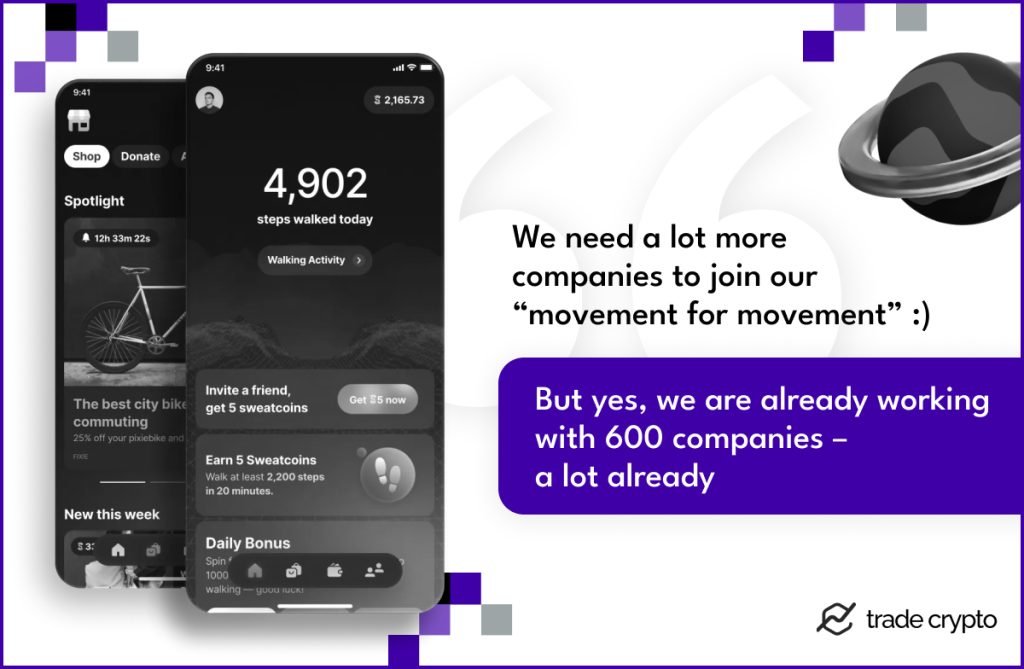
When it comes to web3, we are just starting this journey, but we are already having our first partnerships with many projects that are keen to give our users value in exchange for attracting these people to their projects.
Can you tell us more about the partnerships or collaborations you are currently working on?
Oleg: The ones we are working on I am not going to be able to name, as it is not going to be fair on our future partners, but there are some really big names coming up.
What could be improved about the product to exceed your expectations?
Oleg: We have an incredible roadmap with at least three big things on the schedule to go live by Q1 2023 – an NFT game we named “Sweat Hero”, crypto-to-crypto trading, and Learn & Earn.
To exceed my expectations, we would need to develop everything so much faster! Further out, we have more elaborate dynamic NFTs, off-ramps for our users, and alternative movement validators, all of which are going to add utility to $SWEAT and will generate additional revenue to funnel into buy & burn.
Who is your main competitor and what are the reasons you think your company is better?
Oleg: Being on the confluence of web2 and web3, we have competitors on both sides. On the web2 side, our competitors are mobile pedometer trackers and apps that used to be called “quantified self”, like Step+, Pedometer app, etc. On the web3 side, there are of course StepN, Step App, Walken, etc.
What differentiates us from web2 businesses is that the Sweatcoin app is delivering genuine value to our users for their physical activity, which we know works – a medical grade study we conducted with the University of Warwick showed that our users are +20% more active after installing our app than before.
And, of course, our scale. In the web3 world, the main differentiator is that we have not chosen the “pay-to-play” model where users have to purchase something first in order to participate in the game – this severely restricts the number of users AND turns them into Ponzi schemes. Bridging web2 and web3 is, of course, another major differentiator for us.
When creating products, people usually have some funny stories to share, did you have something like this so far?
Oleg: Over the seven years, we have had countless stories and even internal memes that got created and made people chuckle.
What has been your biggest lesson so far in building a crypto project?
Oleg: Oh wow, this is not an easy one because there are many. From the positives I would love to mention a true “ready, fire, aim” mentality of web3 space that makes the pace of innovation just incredible. The number of tokens, dApps, Layer1s and other projects launching every day is so high that it is even impossible to track.
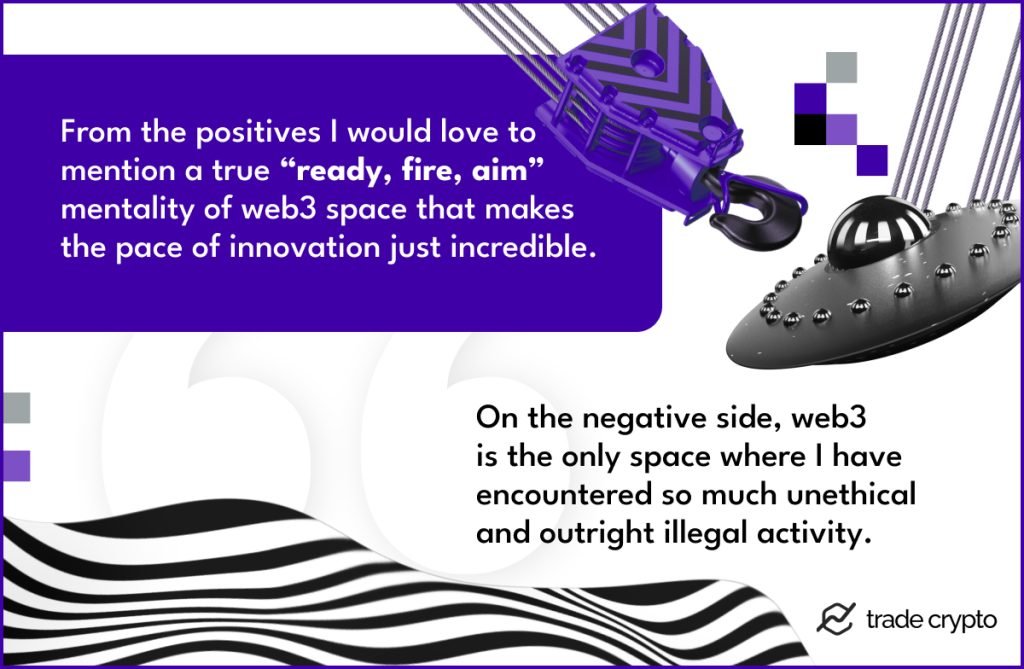
The other aspect is the importance of our community of users. I do not think that there are many projects outside of web3 that would have such a close ongoing dialogue with their users.
On the negative side, web3 is the only space where I have encountered so much unethical and outright illegal activity. The number of rug pulls, scams and totally outrageous proposals that I have heard is inconceivable in any other industry. I feel that it is all our responsibility to clean up the act of the industry, or we will end up having such a tough regulation that everyone will regret this silliness in the future.
How big is the Sweatcoin team today? Where are you based?
Oleg: The team is about 130 people and we are still hiring! We are a very international (18 nationalities already working here), remote-first company with the majority of our colleagues located in European time zones, but we are constantly expanding our footprint by hiring people recently in Singapore, Korea and the US. We have offices in London and Lisbon, where we host team-building events from time to time.
Could our readers join the Sweat team? What would they need to do?
Oleg: Absolutely, we are always on the lookout for top talent. Keep an eye on our Linkedin page or website for openings:
https://www.linkedin.com/company/sweat-economy/
https://www.linkedin.com/company/sweatcoin/
What do you like best about your team?
Oleg: This is a very good question. The first thing that comes to mind is an incredible energy that helps us to continuously drive on our mission – to make the world more physically active. The second is our founder’s mentality and the entrepreneurial spirit of my colleagues, who constantly surprise me with new ideas and new ways of doing things we have always done. The third is the very helpful nature of everyone on the team.
How are the company values integrated into the day-to-day life and culture of the company?
Oleg: We do have five principles or company values that in our observation make all of us successful:
1. Mission focus – making the world more physically active
2. Learning and sharing – to make all of us learn faster
3. Founder’s mentality – taking risks and being a self-starter
4. Communicate transparently and quickly
5. Know that you are not alone – support each other
We are very public about these principles and I personally discuss them with every new employee. Every month the company votes for five people who have embodied these principles in the eyes of their colleagues.
What does the future look like for Sweat Economy? What are your plans?
Oleg: The biggest and most important goal for our next phase of development is to establish $SWEAT as a unit of physical activity value as viewed by the financial markets of the world, so that when there is a headline about us it reads “Physical activity value has jumped 30% last week”. This will make even more people in the world think about the value of physical activity and start putting one foot in front of the other more.
Ultimately, we see that the economic ecosystem of value exchanges linked to the value of movement will start emerging around $SWEAT as a unit of physical activity value. So that, for example, insurers can start accepting part of your health and life insurance premiums in $SWEAT, doctors can charge $SWEAT to users who need to become more physically active, and countries can allow part of the taxes to be paid in $SWEAT.
Right now we have move-2-earn, play-2-earn; what could come next?
Oleg: There are a lot of verbs that can fit into this formula, however, the key here is to think about the activities that objectively generate value for the world. So, move-to-earn in my eyes has a lot higher value created to the world because your physical activity has tangible value.
Move-to-earn in my eyes has a lot higher value created to the world because your physical activity has tangible value.
Playing, especially computer games, does not seem to be creating significant value for humanity outside of those companies that made the game. And let’s not forget that the original formula here was “work-to-earn” – this one is not going away and will always stay with us 🙂
Crypto or fiat? What is your choice for the nearest future and why?
Oleg: Both. I do not see crypto in the very near future (two to five years) completely replacing fiat. The two will continue to co-exist.
What advice do you have for crypto newbies?
Oleg: Walk into crypto!
Crypto Ping Pong Digest
Trash style news. You will definitely like






